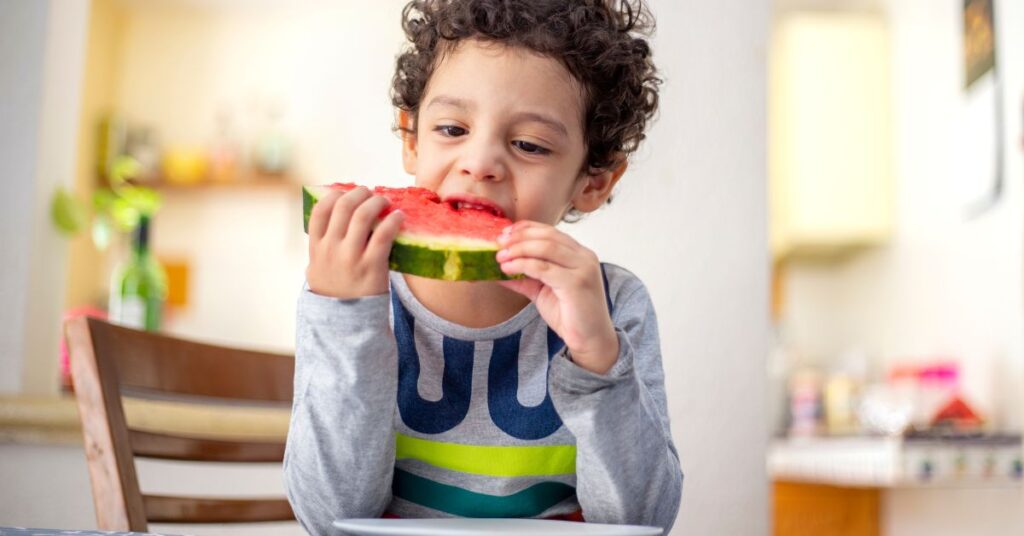

There are 73 million children in the US[1]. Because they have little to no authority, autonomy, or agency, they are our most vulnerable population. This is true regardless of their socioeconomic status, race, ethnicity, zip code, language, and country of origin. Children are always at the mercy of the people and environment around them.
It is well known that children grow, develop, and learn best when they eat healthy food. However, according to a peer-reviewed study published in the Journal of the American Medical Association, about 67% of calories consumed by children and adolescents in 2018 came from ultra-processed foods, an increase from the 61% in 1999. The research, which analyzed the diets of 33,795 youths ages 2–19 across the US, noted the “overall poorer nutrient profile” of the ultra-processed foods[2].
The national habit of flooding our children with “convenience” foods and animal products, with very few whole plant-based foods, not only fuels the destruction of their immediate and long-term health—it also sucks the life out of our planet. This inter-relatedness of cultural norms associated with childhood nutrition and their impact on population and planetary health has been ignored for the last 60 years to the world’s detriment.
Consider the impact our food choices have on the environment:
If we believe that: 1)children are our most precious assets, 2) the way we feed them can either support or undermine their health, and 3) healthy children grow up to be healthy adults who can help regenerate a healthy world, then things have to change. In order to protect our children and give them the best chance to grow up to be healthy adults—to ensure that they will have a world that can support life—we have to disrupt the standard American eating patterns that have become so ingrained over the last 50–100 years.
We have just about run out of time. That’s why we are talking about kids, food, and the impact our dietary patterns have on the planet.
Copyright 2024 Center for Nutrition Studies. All rights reserved.